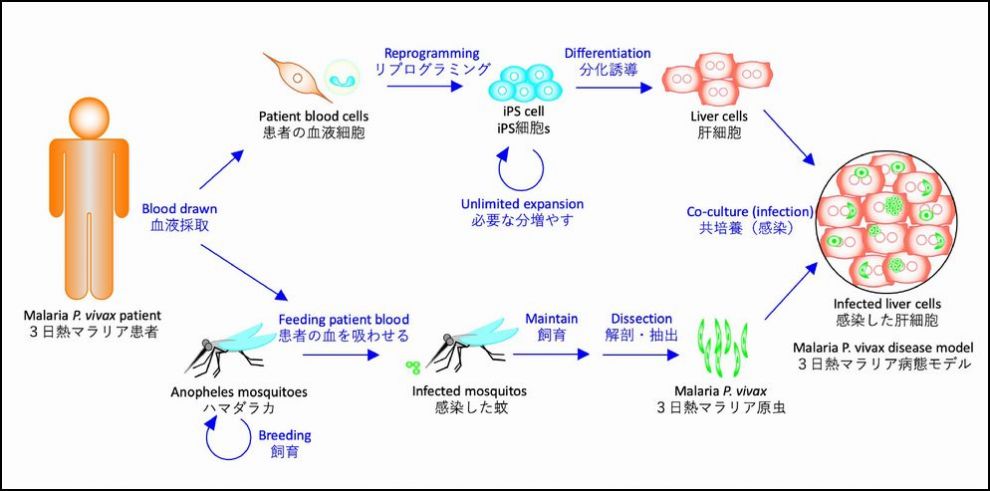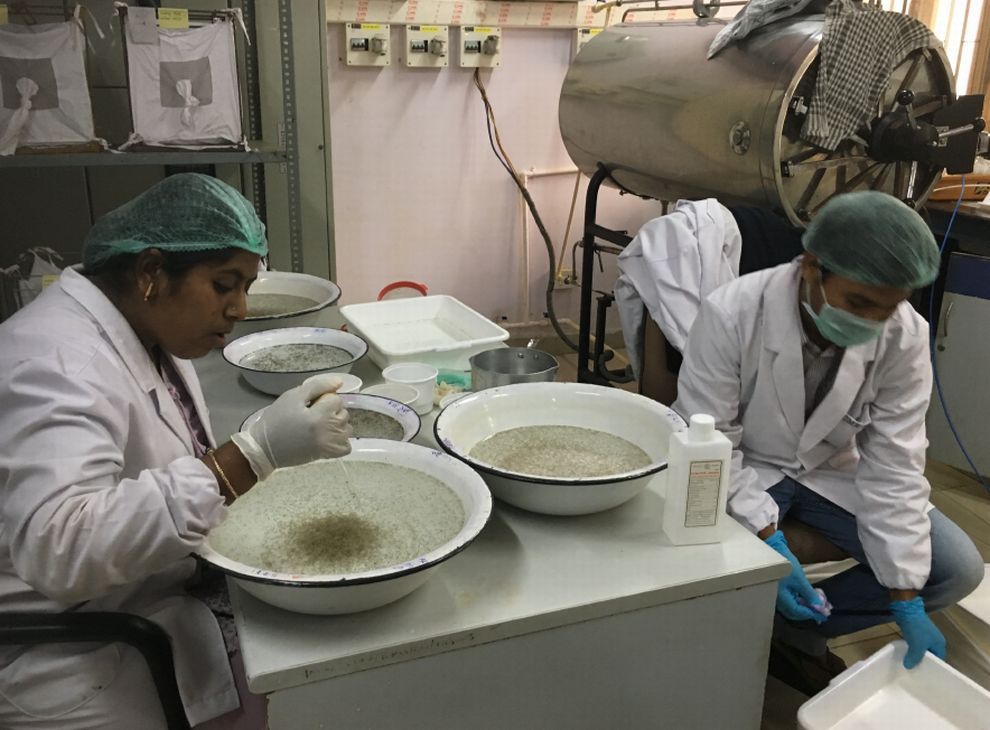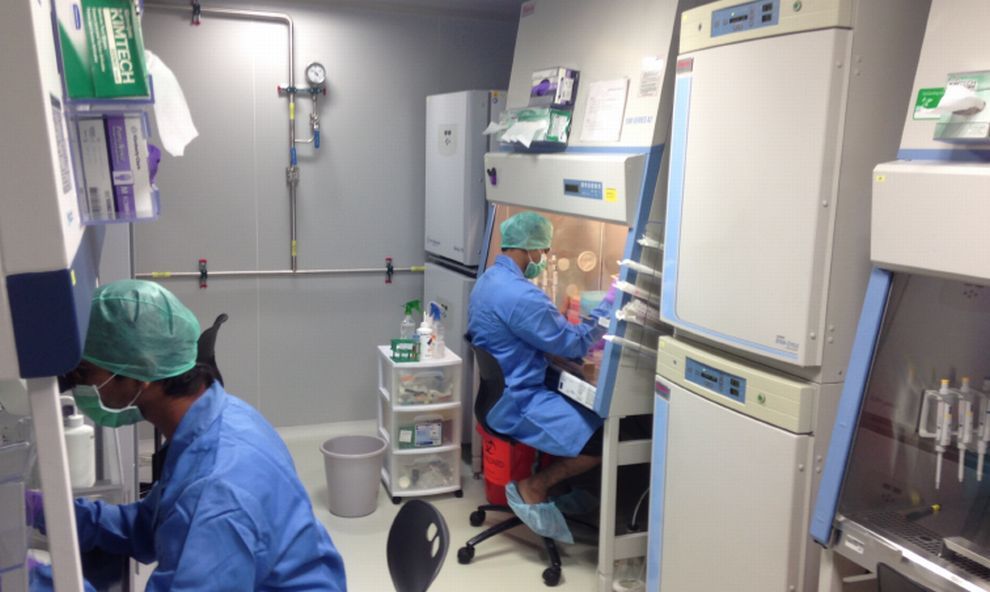Sustainable malaria P. vivax liver stage model for disease mechanism study and drug development
Project Gist
Sustainable malaria P. vivax liver stage model for disease mechanism study and drug development
Keywords
iPS cells, Malaria, Disease model
Background and Purpose
Efforts towards containment of malaria poses additional challenge by P. vivax presenting relapses due to the formation of dormant forms, which have the ability to reactivate several weeks, months, or years after the primary infection to produce clinical disease. Given the paucity of model systems available to interrogate these dormant forms, several fundamental questions relating to the biology of relapsing forms of vivax malaria remain unknown. The rate of infectivity by P. vivax sporozoites in available in vitro systems is highly variable and low, and severely limited by the availability of suitable human primary hepatocytes and humanized liver-chimeric mice. Therefore, it is highly desirable to develop uniform, reproducible liver stage model systems that support higher P. vivax infection efficiency. In international and multicentric collaboration, we aimed to integrate our expertise in stem cell biology and infection biology to develop a reliable and sustainable malaria P. vivax liver stage assay suitable for drug screening and study of malaria biology by utilizing patient iPS cells.
Project Achievements
In this study, through international research collaboration, we have established liver-stage assay for Indian vivax malaria using Indian P. vivax patient-derived iPSCs. This novel strategy was designed taking into account the host genetic variability and region-specific strain adaptability, to overcome the current challenges of anti-malarial therapy. We have successfully generated stable iPS cell lines from P. vivax mono-infected patients from Mangalore, a malaria endemic region of India, and differentiated them into P. vivax infectable hepatocytes using a robust differentiation protocol. The infectable hepatocytes were efficiently maintained in a format, which making it suitable for downstream high throughput screening of anti-malarial drugs and molecular infection studies. These studies demonstrate a proof-of-concept for establishing a robust and screenable liver stage platform in a P. vivax endemic region.
Future Prospects
The achievement of this project will be published as a manuscript in scientific journal in 2019. We apply international and industry-academic collaboration grants, such as GHIT program, to proceed this project further toward development of anti-malarial drugs.
Figure



Joint Research/Academic Institutions Abroad
National Centre for Biological Sciences, National Institute for Malaria Research, Institute for Stem Cell Biology and Regenerative Medicine
Principal Investigator

・HASEGAWA Kouichi
・Institute for Integrated Cell-Material Sciences (iCeMS)
・Stem cell biologist. He is from Kumamoto, and enjoying fishing and motorcycle touring. He is studying the origin of our body and how our body forms. The study will help to understand our body system and cure diseases.
・http://www.icems.kyoto-u.ac.jp/ja/wwa/hasegawa/
